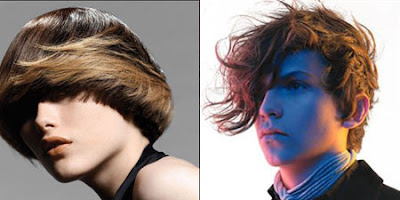For some reason, I've seen this question many times. And if you have the same question (as "Do fashion designers have to know how to sew?"), it can be caused by 2 situations:
In first case, better to forget about it. To follow the easy way is the best way to destroy self-development.- you hope to go easy way;
- you are afraid that you won't be able to learn how to sew;
What about second case, it is completely normal to be afraid of something new and unfamiliar. But I want to calm you down, in a learning process of fashion, when you come to a successful decision in fashion design (by sketches, for example), you definitely would want to learn how to create these clothes as soon as possible. It can be very strong motivation, and once you will want it, nothing will stop you from start sewing.
For some conclusion: Yes, fashion designers have to know how to sew and it is important.
I want to list a few reasons besides the obvious and the most often used.
1. The ability to sew and create clothes by yourself it is a great advantage compare to other designers.
2. You can objectively look at your design only after you turned your sketches into a physical object.
3. The last and the most important:
I am convinced that only by creating and sewing clothing, you can understand the plasticity of the material and its behavior, how the fabric covers shapes and metamorphoses while moving.

































